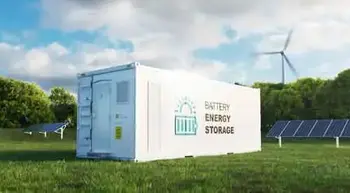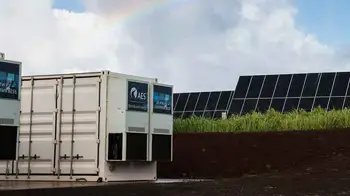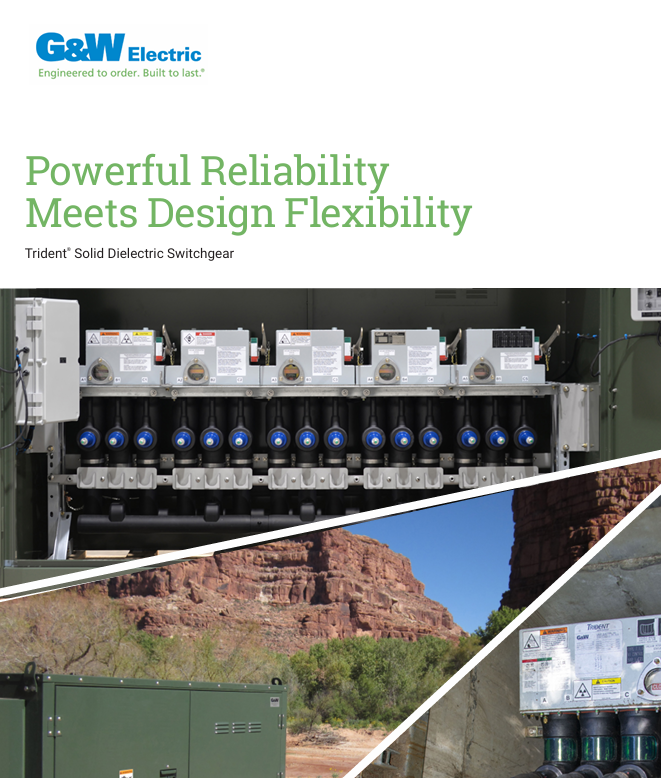Battery Energy Storage System Technology
By R.W. Hurst, Editor

Battery Energy Storage Testing and Maintenance for Solar PV Systems
Our customized live online or in‑person group training can be delivered to your staff at your location.

- Live Online
- 12 hours Instructor-led
- Group Training Available
Download Our OSHA FS3529 Fact Sheet – Lockout/Tagout Safety Procedures

- Learn how to disable machines and isolate energy sources safely
- Follow OSHA guidelines for developing energy control programs
- Protect workers with proper lockout devices and annual inspections
Battery Energy Storage System (BESS) technology stores electricity for later use, supporting renewable energy, grid stability, and peak demand management. These systems improve energy efficiency, reliability, and sustainability across power distribution networks.
What is a Battery Energy Storage System?
A Battery Energy Storage System (BESS) is a technology that captures and stores electrical energy for later use, thereby enhancing grid reliability, facilitating the integration of renewable energy sources, and improving energy management.
✅ Provides backup power and peak demand control
✅ Supports renewable energy sources like solar and wind
✅ Improves grid stability, efficiency, and reliability
A battery energy storage system is an energy storage solution that cost-effectively stores electricity in rechargeable batteries for later use. It is a type of energy storage (ES) system that uses batteries to store and discharge electricity.
BESS stores electricity when it is generated in excess and then releases it back into the grid or uses it when the electricity supply is limited. It can also serve as a backup power supply in the event of power outages or to stabilize the grid during periods of high demand. Our Energy Storage Channel provides a complete overview of technologies and trends shaping the future of electricity storage.
Visit our Energy Storage System Training Course Page
A battery energy storage system typically consists of a set of batteries, power conditioning equipment such as inverters, and a control system that manages the charging and discharging of the batteries. The batteries used in BESS can vary from lead-acid to lithium-ion and other advanced chemistries, depending on the specific requirements of the application. Alternative storage technologies like Capacitor Energy Storage and Flywheel Energy Storage are being developed for specialized applications.
FREE EF Electrical Training Catalog
Download our FREE Electrical Training Catalog and explore a full range of expert-led electrical training courses.

- Live online and in-person courses available
- Real-time instruction with Q&A from industry experts
- Flexible scheduling for your convenience
BESS has become an increasingly important energy storage solution as renewable energy sources, such as wind and solar power, have become more prevalent. This can provide a means of storing energy during times of excess generation for use during periods of low demand. Additionally, BESS can help to reduce the need for fossil fuel-powered peaker plants, which are used to meet peak demand but can be expensive and environmentally damaging. BESS can store the power generated by solar power systems. Large-scale solutions such as Compressed Air Energy Storage and Gravity Energy Storage highlight the diversity of methods available for balancing the grid.
Frequently Asked Questions
How does a battery energy storage system work?
A BESS works by storing electrical power in batteries for later use. The basic operation of a BESS can be broken down into several steps:
Charging: Electrical power is supplied to the battery to charge it. This can be achieved through various sources, including renewable energy sources such as solar and wind power, or by utilizing the grid during periods of low demand.
Storage Technologies: Once the batteries are charged, they store the electrical energy until it is needed. The amount of power stored in the batteries depends on the system's capacity.
Discharging: The batteries release the stored power when electrical power is needed. This can be done by converting the DC power from the batteries to AC power using an inverter. The amount of energy released depends on the demand and the capacity of the system.
Monitoring and Control: The BESS is typically monitored and controlled by a control system that manages the charging and discharging of the batteries. This control system ensures that the batteries are charged and discharged safely and efficiently, and operate within their design limits.
Overall, a BESS can provide a means of storing excess power from renewable sources for later use, reducing peak demand on the grid, providing backup power during outages, and improving the stability and reliability of the electrical grid.
What are the benefits of a battery energy storage system?
There are several benefits of a BESS, including:
Renewable Energy Integration: BESS can store excess power generated by renewable energy sources, such as solar and wind power, for use when energy demand exceeds power generation.
Peak Demand Management: BESS can help reduce demand during peak times by peak shaving, thereby limiting the need for utilities to bring on expensive and environmentally harmful peaker plants to meet high electricity demands.
Grid Stability and Reliability: BESS can provide a stable and reliable power supply, especially during outages or emergencies. BESS can also provide ancillary services to the grid, such as frequency regulation, voltage support, and ramp rate control. To understand the broader impact, see our analysis of Energy Storage and the Grid and the Growth in Utility-Scale Energy Storage.
Cost Savings: BESS can help businesses and homeowners reduce their electricity costs by storing and utilizing cheaper off-peak electricity during peak periods.
Environmental Benefits: BESS can help reduce greenhouse gas emissions by enabling the integration of more renewable power into the grid and reducing the need for fossil fuel-powered peaker plants.
Energy Independence: BESS can provide a backup power supply during power outages or emergencies, providing energy independence and reducing reliance on the grid.
Overall, BESS can help improve the electrical grid's efficiency, reliability, and sustainability while providing businesses and homeowners with cost savings and energy independence.
How efficient is BESS?
The efficiency of a BESS can vary depending on several factors, such as the type of chemistry used, the temperature and operating conditions, and the efficiency of the power electronics and control systems used to manage the batteries.
Test Your Knowledge About Energy Storage!
Think you know Energy Storage? Take our quick, interactive quiz and test your knowledge in minutes.
- Instantly see your results and score
- Identify strengths and areas for improvement
- Challenge yourself on real-world electrical topics
Generally, the round-trip efficiency of a BESS, which is the ratio of the power output to the power input, can range from around 70% to 95%. This means that if you put 100 units of power into the battery, you may get anywhere from 70 to 95 units of power back out, depending on the system's efficiency.
Lithium-ion batteries, commonly used in BESS applications, have a round-trip efficiency of around 80-90%, while lead-acid batteries have a round-trip efficiency of about 70-80%. Other types of batteries, such as flow batteries, may have higher round-trip efficiencies of up to 95%.
It's important to note that efficiency is not the only factor to consider when evaluating the performance of a BESS. Other factors such as cost, lifespan, safety, and environmental impact are also important considerations.
Related Articles







